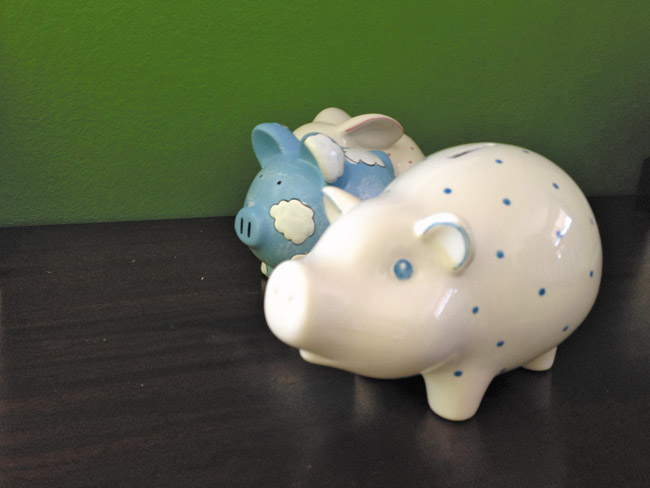Money Management For Keiki
Did your mom and dad teach you that “money doesn’t grow on trees”?
I remember hearing that more times than I can count on one hand. Looking back, the saying stuck, but the lessons didn’t hit home until later in life.
The true test came in college, when I was on my own for the first time. Credit card companies eagerly camped out on campus, eager to sign up students like me.
Score! Wrong. I went on shopping sprees buying things I didn’t really need and got caught in the vicious credit cycle.
Yes, I learned the hard way that money doesn’t grow on trees, and that paying with plastic comes at a hefty price.
Money management is the most important lesson you can teach your children. The earlier, the better.
April is Financial Literacy Month, and banks are encouraging parents to give keiki a strong financial foundation. Hawaii National Bank has a smart money-management guide that gives kids and adults a roadmap to financial success through a “Three Piggy Banks” approach.
Piggy Bank No. 1 is for spending money. This will help children distinguish between wants and needs and teach them to prioritize purchases.
Piggy Bank No. 2 is for saving money. This is for setting financial goals for big-ticket items on their wish list. Watching small amounts of money add up will teach them about the power of savings. Parents are encouraged to pay interest or match their savings to reinforce the message.
Piggy Bank No. 3 is for giving money. Kids who give charitable contributions get a greater appreciation for the value of a dollar.
Hawaii National Bank president and chief operating officer Bryan Luke, third of four children, remembers some of his earliest financial lessons. Once a week, his parents would give them $2.50. They would rush out to either Woolworth’s or the record store to spend it.
He didn’t know then, but he was learning about budgets, and saving instead of spending the money right away.
A common rule of thumb is to split money earned from household chores into these three piggy banks: 80 percent for spending, 10 percent for saving and 10 percent for giving.
See-through banks or personalized containers are recommended so kids can watch their money grow. Most banks offer special kids’ savings accounts. Hawaii National has one that rewards kids ages 5 through 17 for saving with a bonus interest rate and lower minimum opening of $10.
I can recall many times growing up blowing everything I had on candy. Talk about putting your money where your mouth is.
It may be too late for me, but the three little pigs approach will come in handy for my children.
TJoaquin@HawaiiNewsNow.com






